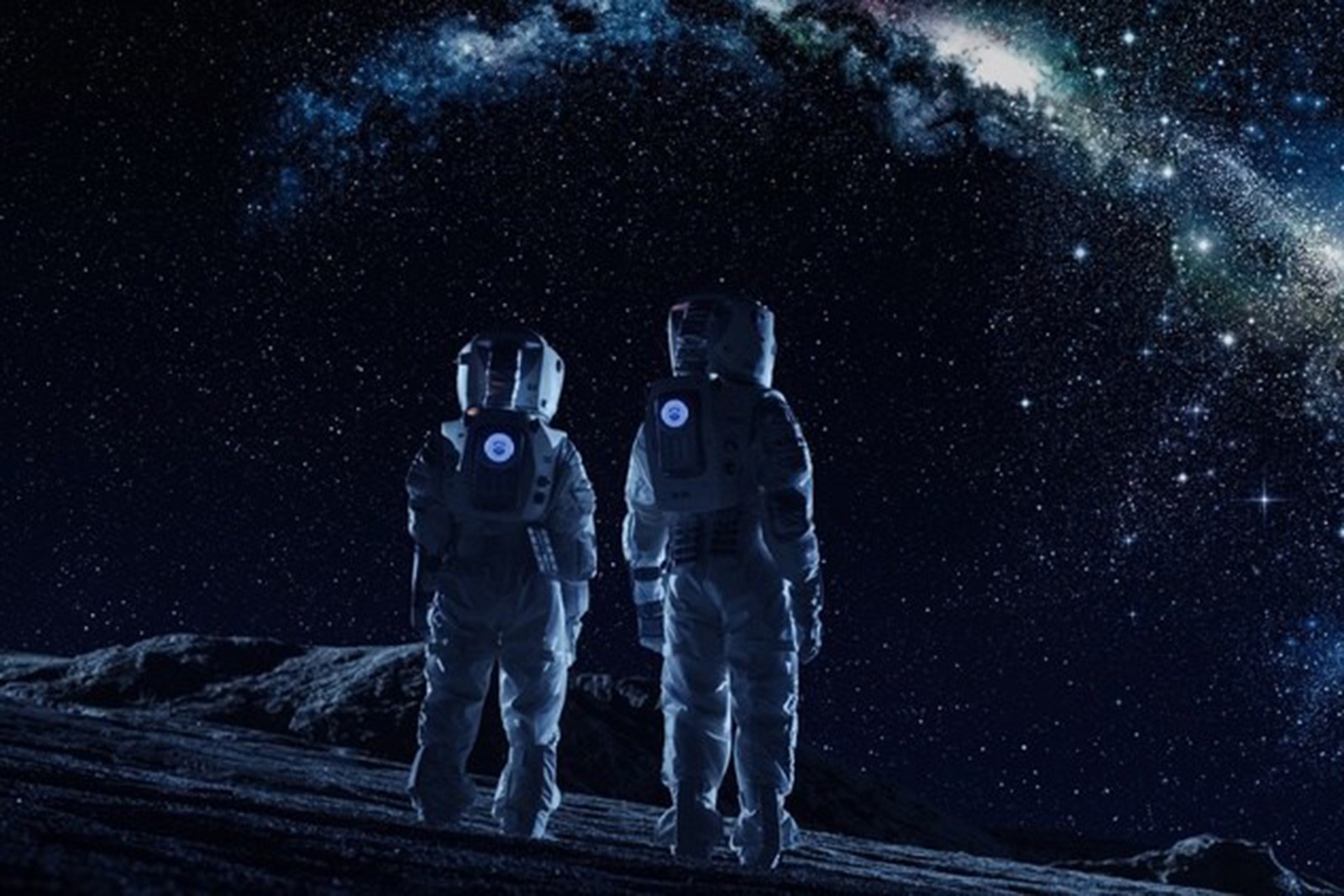NASA wants ideas for keeping Moon missions powered in the dark
If NASA is going to have a long-term presence on the Moon, it’s going to need an alternative to typical solar power — lunar nights can last for over two weeks in some cases. And the agency is turning to outsiders for help. It’s partnering with HeroX on a “Watts on the Moon” crowdsourcing challenge that offers up to $5 million in total prizes if you can create energy solutions for Moon missions. The frontrunners won’t even have to wait until the technology is approved before it goes on a lunar trip.
The three-phase challenge starts with creators providing solutions that can power a mission with three activities. NASA judges will pick up to three winners for each activity and hand them $100,000 each, with as many as four runners-up getting $50,000 each. Phase 2 will task the victors with developing prototypes, and will hand out prizes worth up to $4.5 million. If one or more companies reach the third phase, they’ll team with NASA to build hardware for an “operational demonstration” on the Moon.
Individual participants only need to be US citizens, while organizations need to operate primarily out of the US.
There’s no certainty this will work as promised. However, NASA clearly has an incentive to explore crowdsourced options. While it won’t necessarily need to have this technology ready for the first people returning to the Moon (theoretically by 2024), it won’t get much further if long-term missions and settlements can’t stay powered through extended darkness.
(19)




